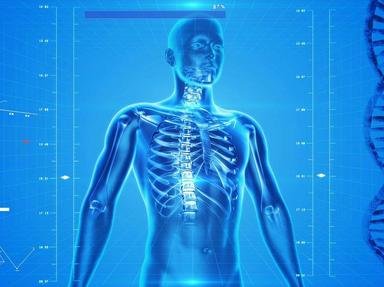
Bye or Cell Trivia Quiz
There are many different types of cell in the human body. For this quiz, list the human cell type from the ones that are the most numerous down to the ones that are the least numerous. Note that this quiz relies on a percentage cell count.
An ordering quiz
by Trivia_Fan54.
Estimated time: 3 mins.